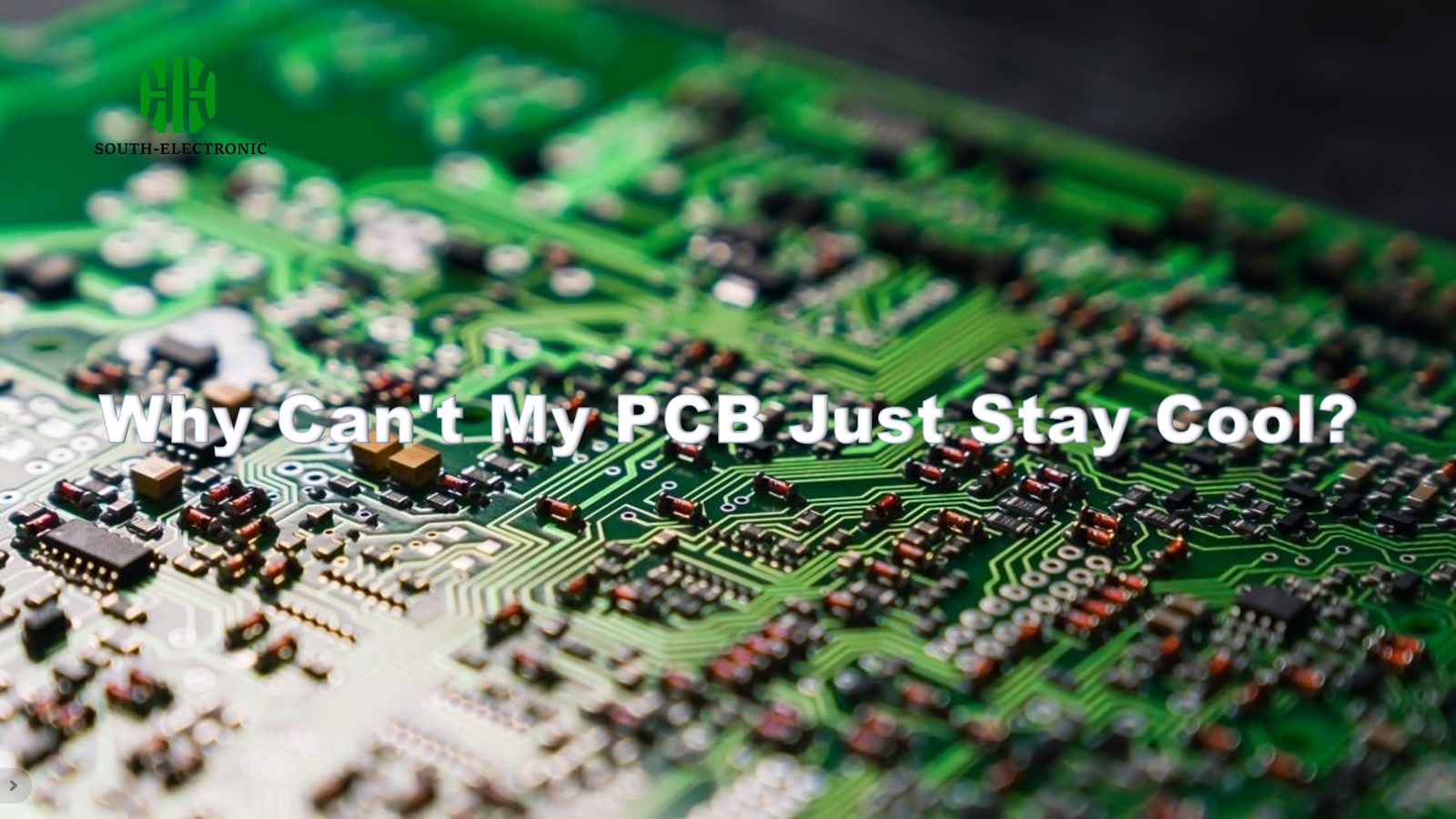Why Can’t My PCB Just Stay Cool?
Your PCB heats up annoyingly during operation. This heat threatens component life and causes random shutdowns. I felt the same frustration last month when a prototype failed during testing.
PCBs overheat due to inefficient heat dissipation from components, poor material choices, and environmental factors. To prevent failures, optimize layouts using thermal vias, select proper copper weights, and implement active cooling based on heat calculations.
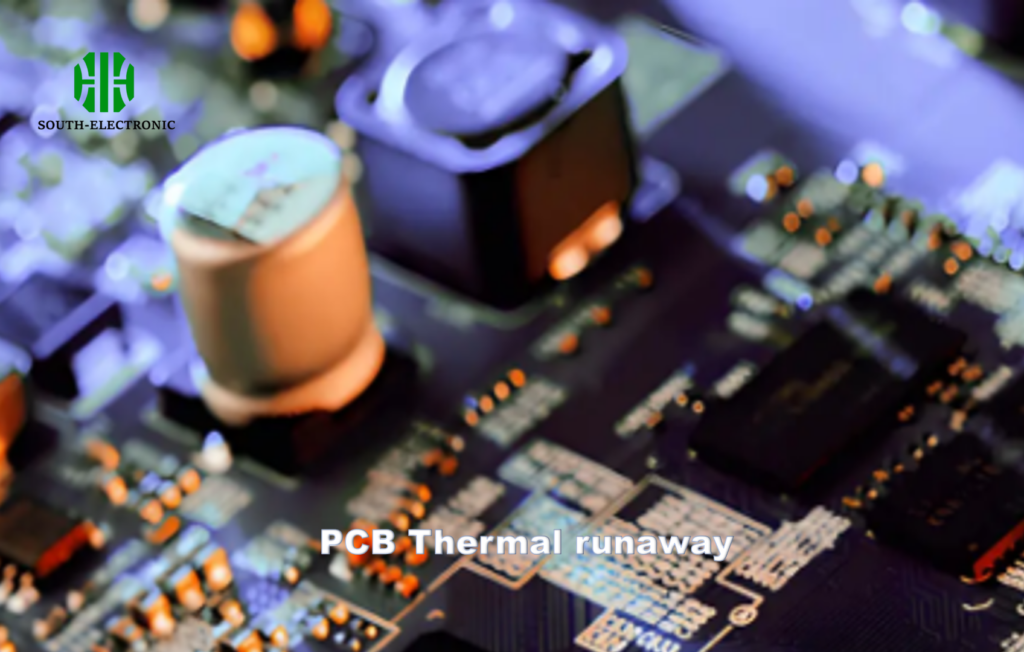
Thermal issues can sink entire projects if ignored. Let’s uncover practical solutions through these key strategies:
What PCB Layout Tricks Maximize Thermal Performance?
Hotspots ruined my LED driver board last quarter. Without smart placement, heat concentrates dangerously. These techniques solve that.
Prioritize spreading heat-generating parts evenly. Increase copper pour areas under ICs, add thermal reliefs, and isolate sensitive components. This balances heat distribution and lowers peak temperatures effectively.
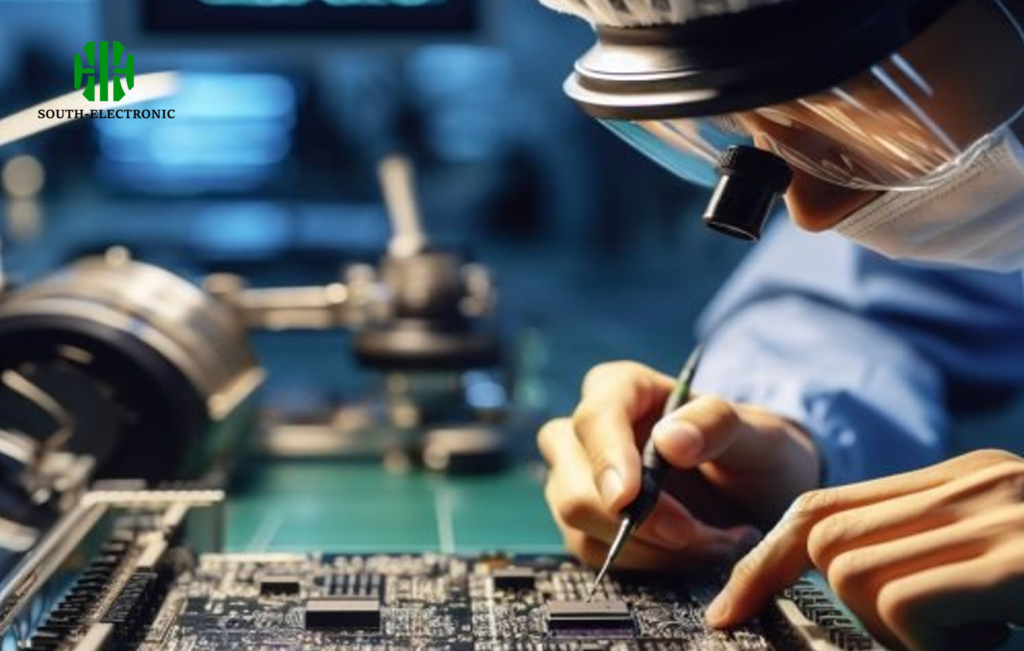
Optimize Heat Flow Through Design
Heat management starts at the layout stage. Focus on three areas:
| Technique | Implementation | Thermal Impact |
|---|---|---|
| Component Spacing | Keep hot parts away from thermal-sensitive ICs | Prevents localized overheating |
| Copper Weight | Use 2oz+ copper for power planes | Improves heat spreading by 30-40% |
| Layer Stacking | Place heat sources near metal core layers | Shortens thermal path to heat sinks |
I once fixed a voltage regulator problem by adding thermal pads under its ground pin. Small tweaks like avoiding right-angle traces also help prevent hot spots. Consistent copper distribution acts like a heat sponge, pulling energy away efficiently. Always model heat paths from source to dissipation points during layout.
How to Pick the Right Heatsinks, Fans, TIMs & Thermal Vias?
Choosing the wrong heatsink wasted me three design iterations. Every cooling component must match your thermal load and constraints.
Forced airflow solutions suit high-heat boards, while heatsinks fit moderate needs. Balance performance with noise and cost. Select TIMs based on conductivity gaps and interface pressure needs.
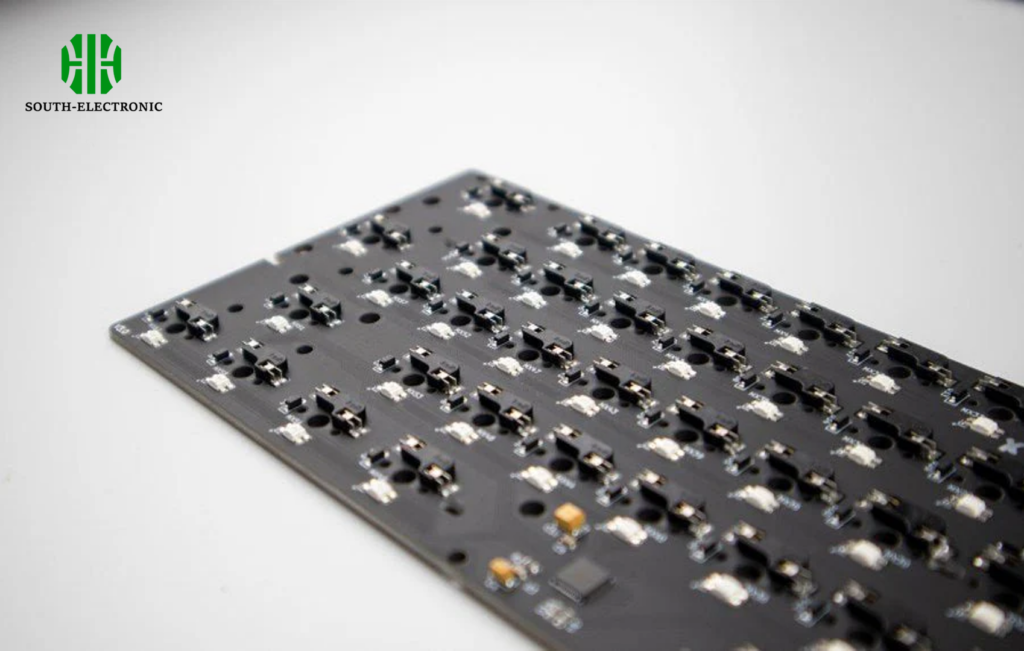
Cooling Selection Guide
Match components to your thermal requirements:
| Component | Selection Criteria | Common Mistake |
|---|---|---|
| Heatsinks | Evaluate surface area and fin density | Overestimating natural convection |
| Fans | Check CFM vs. static pressure specs | Ignoring airflow direction |
| TIMs | Compare thermal conductivity ratings | Applying too thickly |
| Thermal Vias | Calculate via density under IC pads | Using unfilled vias for heat sinks |
My rule: heatsinks need at least 15mm² surface area per watt. For fans, calculate required airflow using temperature rise and heat data. Thermal interface materials fill microscopic gaps – silicone pads work better than paste for sustained pressure. Remember: thermal vias only matter when connected properly to heat-spreading layers.
How to Calculate and Simulate PCB Temperatures for Reliable Designs?
My first thermal simulation caught a 15°C hotspot I’d missed. Relying only on datasheets invites failures – models reveal real behavior.
Start with heat dissipation calculations for critical ICs using Joule’s law. Complement this with thermal simulations to find hidden hotspots before prototyping. Tools like Ansys or SimScale save weeks of debugging.
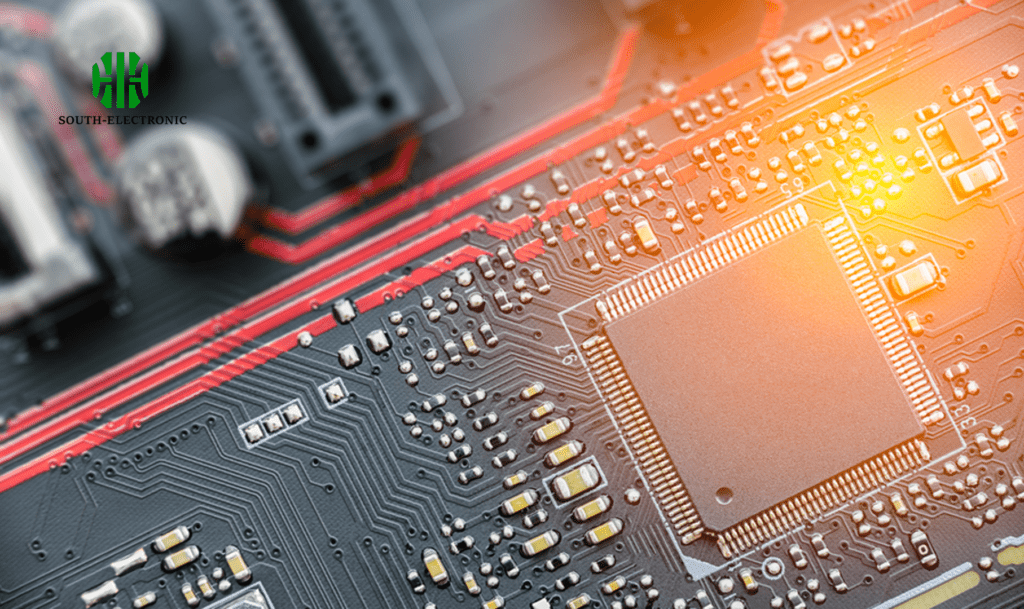
Prediction Methods Workflow
Follow this step-by-step approach:
| Step | Method | Why It Matters | Tools |
|---|---|---|---|
| 1 | Component Heat Calcs | Estimate max power losses | Manufacturer datasheets |
| 2 | Thermal Resistance Model | Predict junction-to-ambient ΔT | θJA formulas |
| 3 | Simulation | Visualize heat flow across entire PCB | CFD software |
| 4 | Prototype Testing | Validate models with actual IR scans | Thermal cameras |
I use boundary condition simulations to test worst-case scenarios. For example, simulate at 50°C ambient to check derating safety margins. Always add 20% tolerance to calculations – resistive losses can surprise you. Start simulations early in the design to avoid layout changes later.
Conclusion
Controlling PCB heat requires layered strategies: smarter layouts, component selection, and predictive modeling. Combine these for reliable thermal management.

